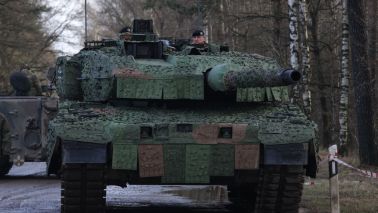Paul Theroux, in The Great Railway Bazaar, paints a louche portrait of the capital of Laos. ‘The brothels are cleaner than the hostels, marijuana is cheaper than pipe tobacco and opium is easier to find than a cold glass of beer,’ he wrote in 1975. When Theroux finally got his beer, the waitress told him sex was on the menu too. Gosh, if only I’d know about Vientiane in my gap year. It might have taught me more about the real world than three months at the British Institute in Florence and a lost week in Fez. These days, of course, Laos is firmly on the gap-year trail, but Vientiane (one hour from Bangkok by air or 11 by train) has cleaned up its act. If you want a cold beer and a smoke in a pristine hostel, it’s not difficult to arrange. If you want to relax in a brothel with an opium pipe, well, I suspect you need to know the right people.
Actually, the Vientiane of 30 years ago had every excuse to resemble a 20th-century version of Hieronymus Bosch’s ‘Garden Of Earthly Delights’. Laos was emerging from the horrors of the Vietnam war, during which America had inflicted a sustained and brutal bombing campaign on this defenceless country. If you subscribe to the theory that US foreign policy since the second world war has been dictated by naked self-interest tinged with evil, then the bombing of Laos provides compelling evidence. Quite simply, thanks to the Yanks, Laos has the distinction of being the most bombed country per head of population in the history of the world, primarily because the strategic Ho Chi Minh Trail ran straight through it. These weren’t ordinary bombs either: some were built to explode late, causing maximum damage to life and limb; others were designed like tennis balls so children would pick them up.






Comments
Join the debate for just £1 a month
Be part of the conversation with other Spectator readers by getting your first three months for £3.
UNLOCK ACCESS Just £1 a monthAlready a subscriber? Log in